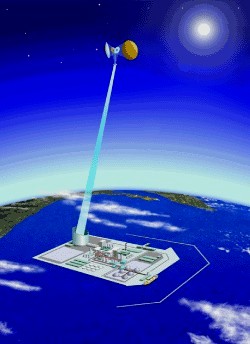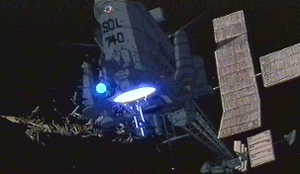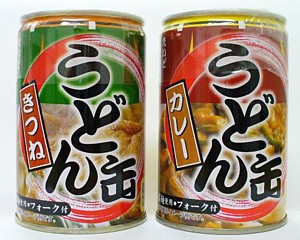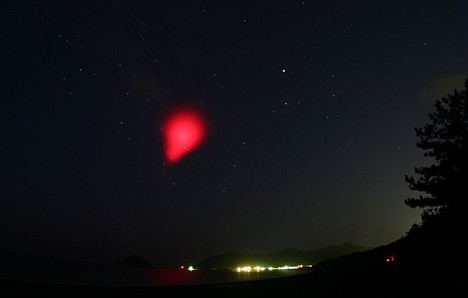Shuetsu Sato is a Japan Railways employee known for making complex, stylish signs and maps from strips of colored duct tape. For years, his work graced the walls and construction barriers at Shinjuku station while it underwent extensive renovations. Sato's creative use of tape has earned him quite a following, particularly online, and recent blog buzz has prompted some Japanese TV networks to take notice. This video from an NHK news magazine program profiles Sato and his work at Nippori station on Tokyo's Yamanote line, where his most recent work is currently on display.
The video begins with commentary about the online popularity of Sato's work. (At the 30-second mark, a screenshot of Pink Tentacle appears while the narrator describes the attention Sato's work has received on "overseas" blogs...!?!) From 1:00 to 2:00, Sato shows how it is done -- this is the highlight of the video, as it shows the degree of complexity involved in shaping tape into beautiful kanji. From 2:00 to 2:40, Sato laughs off some criticism he has received for the way his "?" character looks, and from 4:30 to 5:00, Sato demonstrates his techniques for creating rounded corners. At 5:30, one of the hosts tells Sato that bloggers have honored him by naming his font style "Shuetsu." He looks almost as if he might be impressed.
Here are a few photos of Sato's work at Nippori station:









 On September 5, the Omron Corporation unveiled smile recognition software that promises to improve the ability of machines to read human emotions.
On September 5, the Omron Corporation unveiled smile recognition software that promises to improve the ability of machines to read human emotions. 







 In a development that brings space-based power generation systems a step closer to reality, researchers from the Japan Aerospace Exploration Agency (JAXA) and the Osaka University Institute of Laser Engineering have developed groundbreaking new technology for converting sunlight into laser beams.
In a development that brings space-based power generation systems a step closer to reality, researchers from the Japan Aerospace Exploration Agency (JAXA) and the Osaka University Institute of Laser Engineering have developed groundbreaking new technology for converting sunlight into laser beams.  Unlike earthbound solar power stations, which are subject to night-time darkness and cloudy conditions, JAXA's SSPS will be able to make use of solar energy 24 hours a day. With slight improvements in the solar-to-laser conversion efficiency and by incorporating solar collectors measuring 100 to 200 meters long, a single satellite will be able to match the output of a 1-gigawatt nuclear power plant, the researchers say. One can only hope these lasers never
Unlike earthbound solar power stations, which are subject to night-time darkness and cloudy conditions, JAXA's SSPS will be able to make use of solar energy 24 hours a day. With slight improvements in the solar-to-laser conversion efficiency and by incorporating solar collectors measuring 100 to 200 meters long, a single satellite will be able to match the output of a 1-gigawatt nuclear power plant, the researchers say. One can only hope these lasers never  Following the success of its vending machine ramen, foodstuff producer
Following the success of its vending machine ramen, foodstuff producer 